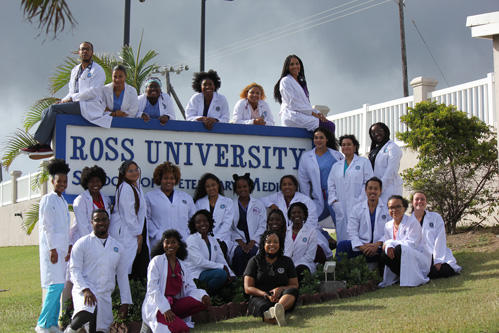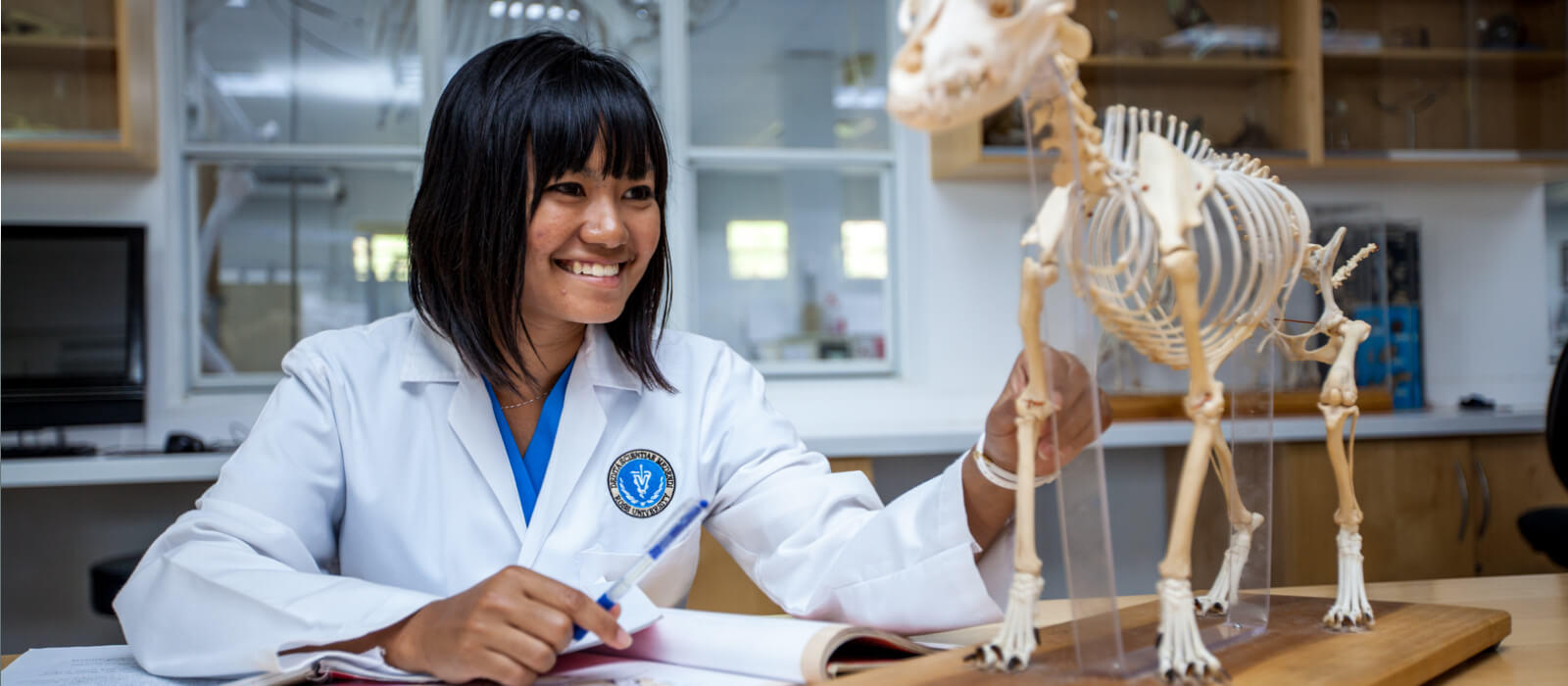Congratulations! You are now in your final year as a Doctor of Veterinary Medicine (DVM) student and your hard work has paid off. But you have one hurdle left...the North American Veterinary Licensing Exam (NAVLE®).
Passing the NAVLE is a requirement to practice veterinary medicine in the US and Canada. It is a computer-based, multiple-choice examination administered by the International Council for Veterinary Assessment (ICVA).
You may be seeking some guidance on how to study for the NAVLE. In this article, we’ll examine 7 NAVLE study tips based on science, and get some pointers from students who have already taken the NAVLE.
NAVLE STUDY TIPS
1. DEVELOP A STUDY PLAN
The 2019-2020 Student American Veterinary Medical Association (SAVMA) survey found that most 4th-year veterinary medicine students recommend a lengthy study period before taking the NAVLE.
NAVLE study tip: Consider developing a 3- to 5-month NAVLE study schedule. Look for sample study plans online, or invest in a paid review program. Be sure to choose a review plan that works with your schedule and your learning style.
2. STUDY HARD, BUT DON’T FORGET TO TEST YOURSELF
According to the American Psychological Association (APA), cramming for an exam by reading material over and over isn’t the best way to retain information. Encouraging the brain to recall information several times after a study session helps to form neural connections that result in better information retention, especially when recall sessions are separated by a review of other topics.
NAVLE study tip: Study a concept, then practice recalling the information immediately after the study session, 15 minutes later after reviewing other topics, and then again 30 minutes later after a review of more topics.
3. TAKE ADVANTAGE OF A STUDY GROUP
The APA says study groups are helpful, as long as you actively participate. Information recall is enhanced when you verbally answer questions during study group sessions, rather than just listening to the answers provided by other students in the group.
NAVLE study tip: Choose your study group wisely. If the group is too big, you risk getting lost in a crowd, too small and you risk not having enough feedback to learn from each other. Make sure you actively answer questions, even if you answer silently in your head. The key here is to make your brain work to recall information rather than relying on your study partners to do all the heavy lifting.
4. STUDY DURING BREAKS
An educational article published in the International Journal of Surgery Oncology encouraged medical students to study more efficiently by taking advantage of breaks that occur during their clinicals or classes. Studying during breaks can free up valuable time later in the day to practice self-care, like meditation or getting extra sleep.
NAVLE study tip: Carry flashcards with you during the day to review when you have a few extra minutes between classes.
5. CHANGE UP THE VENUE
The International Journal of Surgery Oncology also recommends changing up your study locations. This might mean using different areas of the library or meeting with your study group in different rooms.
NAVLE study tip: In addition to changing locations, try varying your study materials and methods, such as using flashcards, old tests, online sample tests, and books.
6. USE SAMPLE QUESTIONS AND EXAMS
When asked for tips on how to study for the NAVLE, SAVMA survey participants advised future NAVLE-takers to take advantage of sample questions and practice exams. Students recommended taking practice exams before, during, and near the end of a study plan.
NAVLE study tip: The ICVA provides free sample questions and a computer-based tutorial, as well as self-assessments, or practice exams, for purchase.
7. STUDY TO YOUR STRENGTHS
Everyone studies differently. By now you’ve likely discovered which study methods work best for you. While this isn’t the time to make major changes to your study habits, minor tweaks might be needed to help you study smarter.
NAVLE study tip: Try a few simple changes to see what works. For example, if you typically run through your flashcards verbally, try writing down the answers to see if your ability to recall the information improves.
NAVLE EXAM PREPARATION
The more you are prepared for the NAVLE, the more comfortable and relaxed you’ll be on exam day. Here are some tips to help you arrive at the NAVLE testing center rested and confident.
CONSIDER A REVIEW PROGRAM
Many students use a NAVLE prep service that provides a study timeline and practice tests. The SAVMA survey found that ZUKU Review and VetPrep, as well as the practice tests offered by the ICVA, were helpful for many students. When seeking a book to study from, consider The Merck Veterinary Manual or The Small Animal Veterinary Nerdbook. The survey cited both books as great NAVLE exam preparation aids.
MAKE TIME FOR YOU
Let’s be honest. Practicing self-care is difficult for clinical year students but studying and taking the NAVLE is like training for a marathon.
Eat a healthy diet to give your body and brain the fuel they need to reach peak performance levels and drink plenty of fluids. Even mild dehydration can lead to headaches and lethargy so consider limiting caffeine and alcohol as these can act as diuretics. Maintaining an exercise routine helps you sleep better, cuts down on stress, and can head off depressive symptoms. Sleep deprivation has been linked to lower test scores so shoot for at least 6 hours of sleep per day while preparing for the NAVLE.
KNOW WHAT YOU ARE WALKING INTO
When asked how to study for the NAVLE, many students stress how important it is to familiarize yourself with the NAVLE format and testing site.
Review the ICVA NAVLE webpages and candidate bulletin for information on what is covered on the test, how many questions are in each section, and how much time you are given to complete each section.
Review the rules for the Prometric testing site. Determine how long it will take to drive to the testing site so that you arrive well before your exam time.
THE DAY OF THE EXAM
Breathe! You’ve done a great job preparing for the NAVLE!
Get a good night’s sleep and eat a healthy breakfast that fuels your brain. Consider slow-release carbohydrates like oats and berries to provide energy, and some protein, like eggs, to keep you full longer. The testing protocol provides 45 minutes for breaks between testing blocks, so bring healthy snacks to keep you going throughout the exam.
The NAVLE is the most important exam of your career to date, but good preparation provides a confidence boost and will pay off on exam day. Good luck!
From day one, Ross University School of Veterinary Medicine can provide you with the essential knowledge, skills, technical expertise, and attitudes of a DVM. Our accelerated preclinical curriculum integrates unique research opportunities, classroom study, and hands-on clinical training, preparing you for your final year of clinical training at one of RUSVM’s affiliated veterinary schools. Take the next step on your path to becoming a veterinarian: apply for admission to RUSVM.
Related resources:







